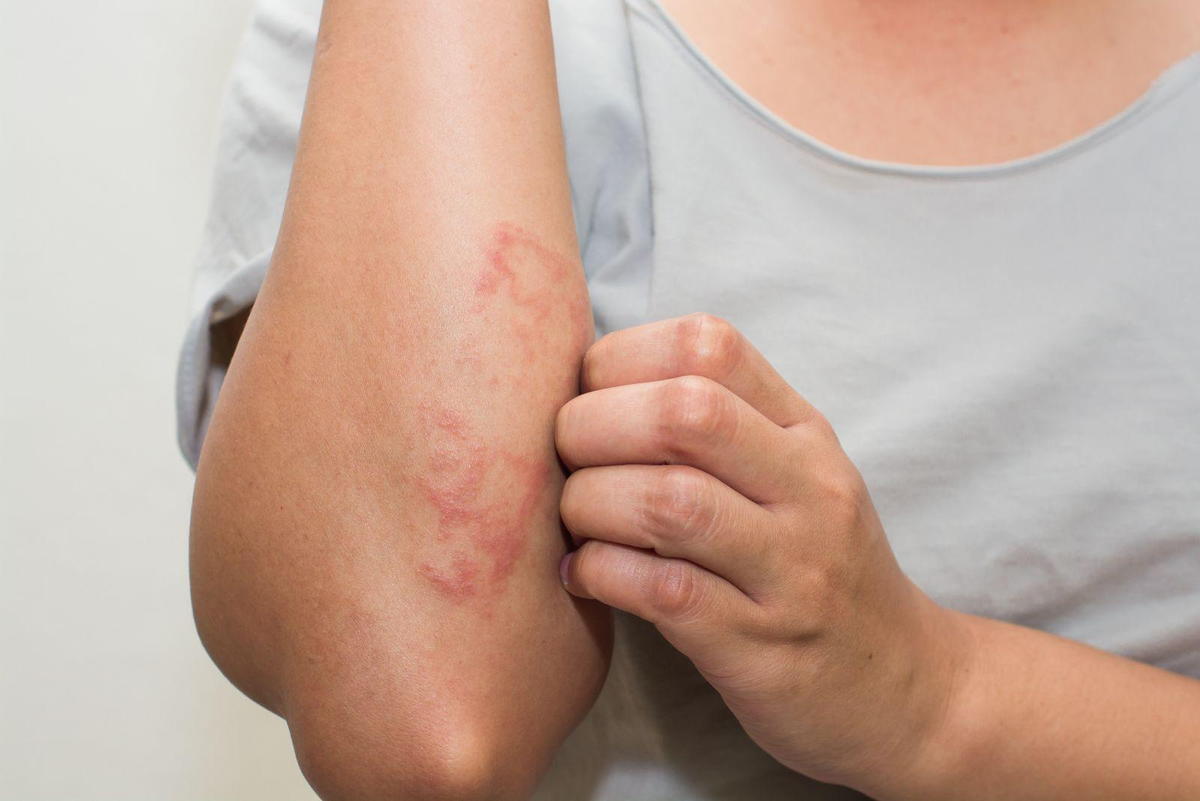Types of Eczema
posted: May 15, 2018.
Eczema is a chronic skin condition that produces itchy rashes that are scaly, dry, and leathery. It can appear anywhere on the body and most often appears in the creases of the arms, legs, and face. Something that many people may not know is that there are multiple types of eczema. They all share some common symptoms but are all different depending on the nature of what triggers the reaction and the location of the rash.
often appears in the creases of the arms, legs, and face. Something that many people may not know is that there are multiple types of eczema. They all share some common symptoms but are all different depending on the nature of what triggers the reaction and the location of the rash.
Types of Eczema
Atopic Dermatitis
This is the most frequent and common form of eczema and it’s thought to be caused by the body’s immune system functioning abnormally. It’s characterized by itchy, inflamed skin and typically runs in families. Atopic Dermatitis usually flares up and goes away intermittently throughout a person’s life.
Contact Dermatitis
This is caused when the skin comes in contact with an irritant such as certain chemicals. Finding what triggers a breakout is important so that it can be prevented in the future. Triggers may be things like laundry detergent, body soap, fabrics, poison ivy, and more.
Dyshidrotic Dermatitis
Dyshidrotic Dermatitis usually affects the palms and soles of the feet. It is characterized by clear, deep blisters that itch and burn and occurs frequently during summer months and in warm areas.
Neurodermatitis
This form of eczema is a chronic skin inflammation caused by a cycle of scratching to a localized itch, such as a mosquito bite or spider bite. It’s characterized by scaly patches of skin, usually on the head, lower legs, wrists, and forearms. The skin may become thickened and leathery.
Nummular Dermatitis
This form is characterized by round patches of irritated skin that can be crusted, scaly, and very itchy. It frequently appears on the back, arms, buttocks, and lower legs.
Seborrheic Dermatitis
This is a common condition that causes yellow, oily, and scaly patches on the scalp, face, and other body parts. Dandruff is a form of Seborrheic Dermatitis. This form of eczema doesn’t always itch. Triggers can include weather, oily skin, emotional stress, and infrequent shampooing.
Stasis Dermatitis
This appears on the lower legs of older people and is related to circulation and vein problems. Symptoms can include itching and red-brown discoloration on the skin the legs. As the condition progresses it can lead to blistering, oozing, and skin lesions.
Eczema comes in all shapes and sizes and can be triggered by many things. If you have questions about eczema or want to make an appointment, call our office today!

